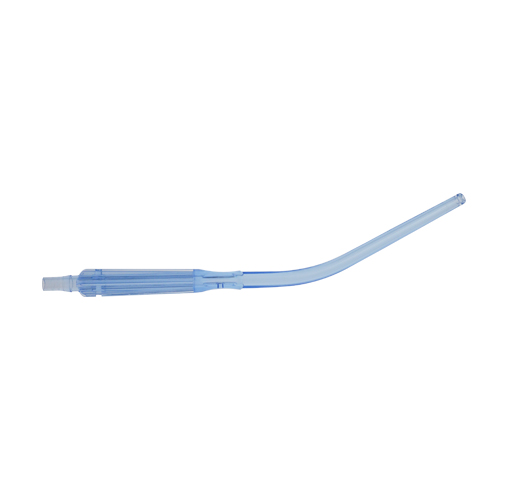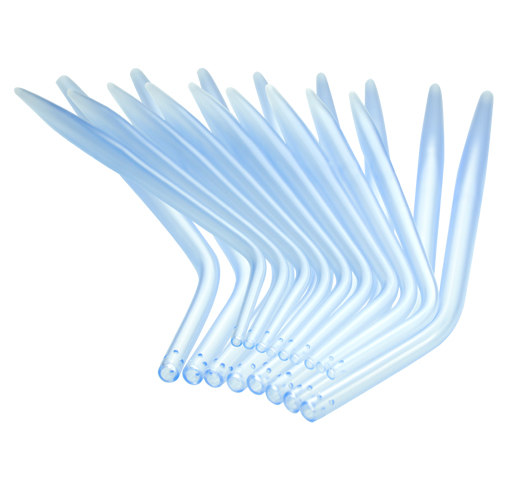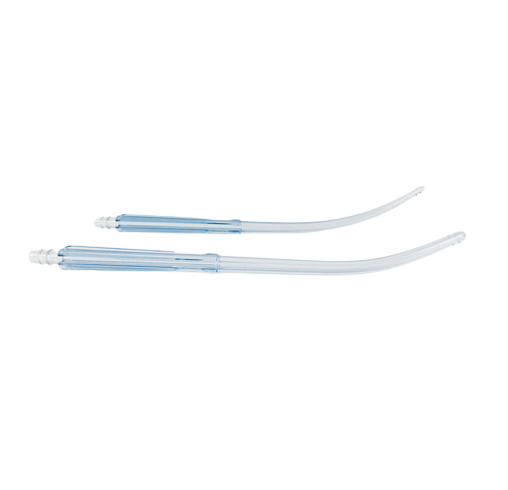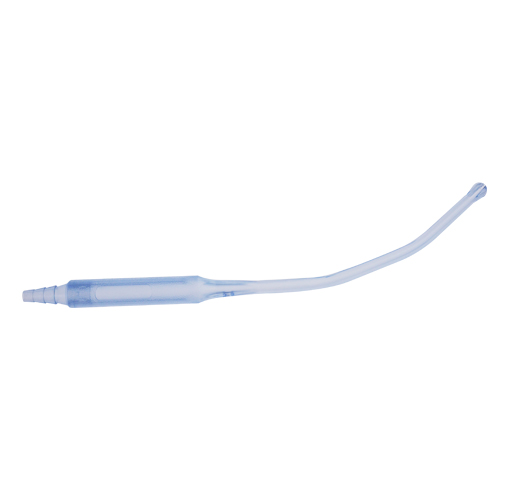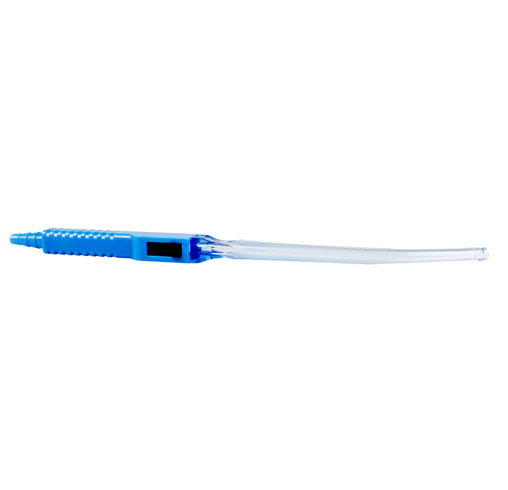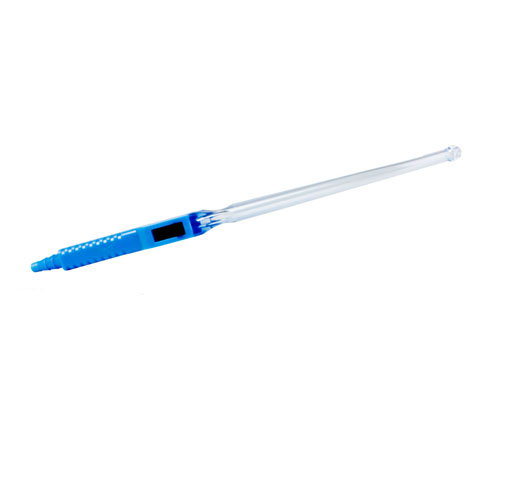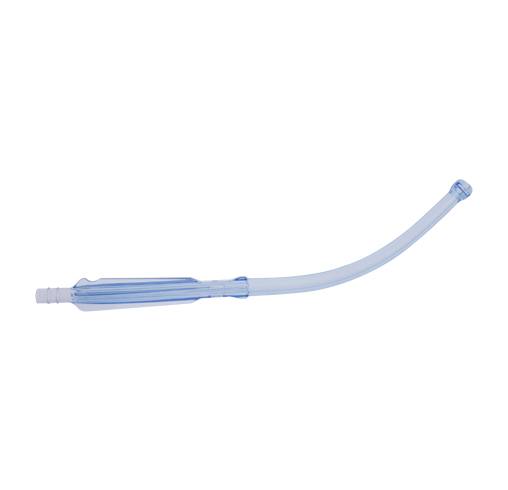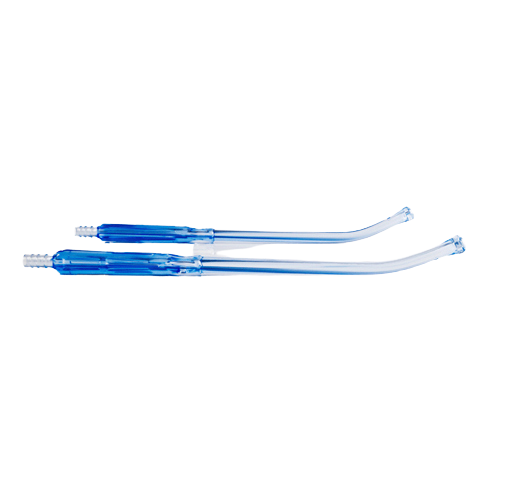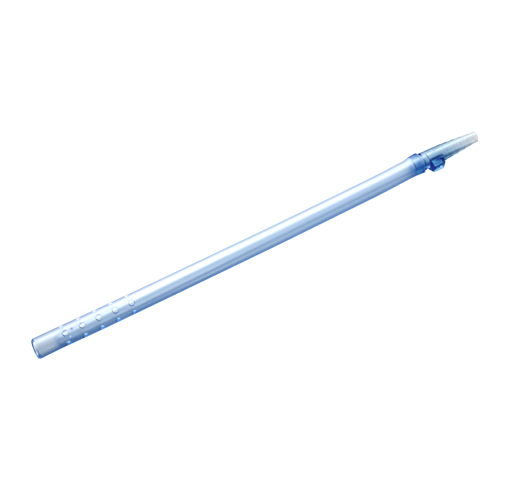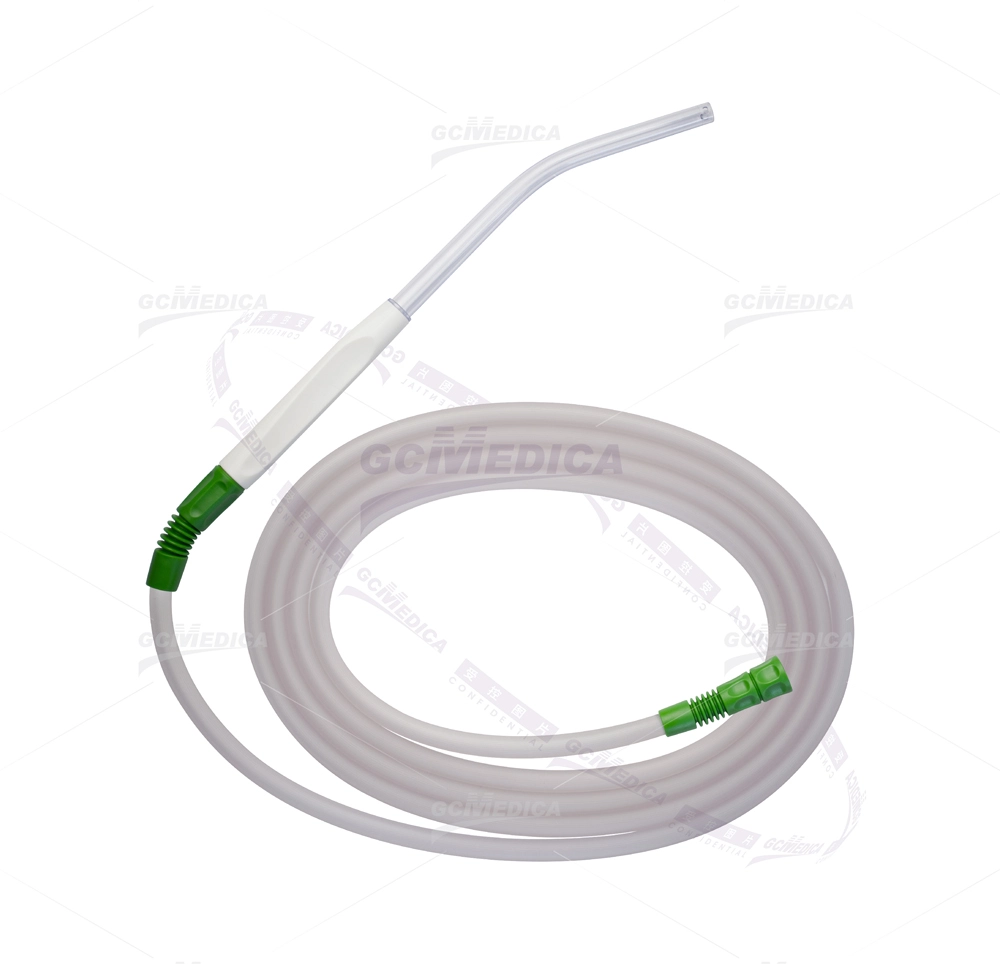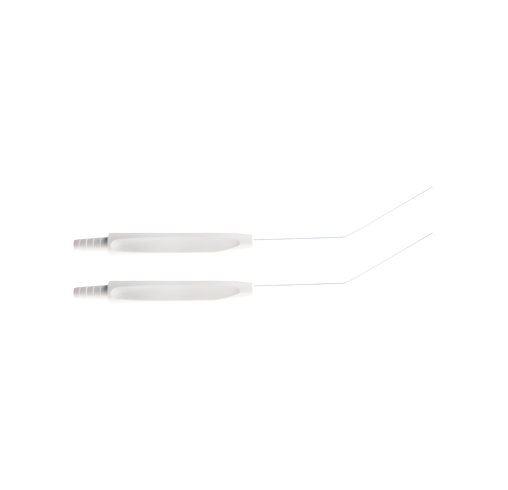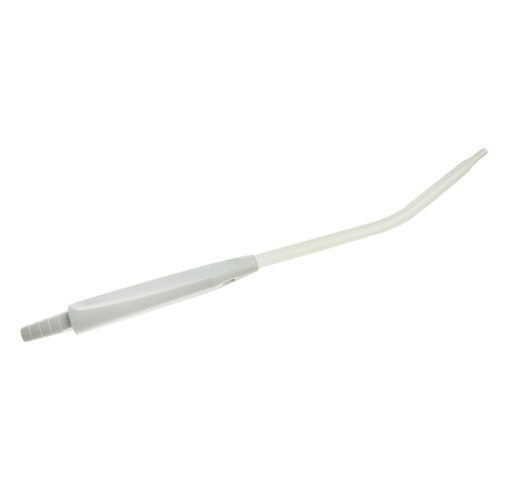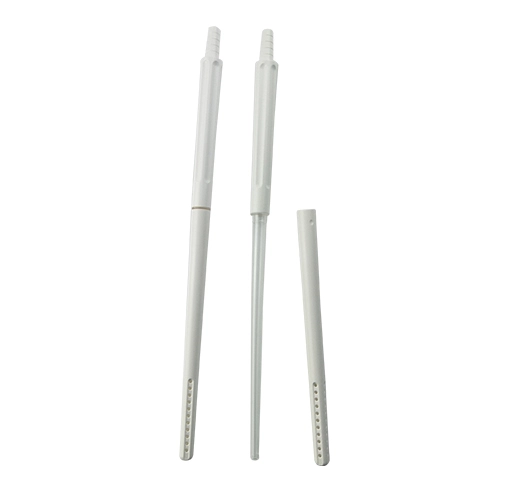-
Laparoscopic & Endoscopic Products
-
Laparoscopic Procedures
- Laparoscopic Smoke Filter
- High FLow CO2 Laparoscopic Insufflation Filter Tube Set
- Veress Needle
- High Flow Heated Insufflation Tube
- Disposable Bladeless / Bladed Trocar with Thread / Balloon
- Disposable Wound Protector
- Disposable Height Changeable Wound Protector
- Retrieval Bag
- Laparoscopic Suction Irrigation Set
- Endoscopy Care and Accessories
-
Laparoscopic Procedures
- Respiratory & Anesthesia
- Cardiothoracic Surgery
- Gynaecology
-
Urology
- CathVantage™ Portable Hydrophilic Intermittent Catheter
-
Cysto/Bladder Irrigation Set
- M-easy Bladder Irrigation Set
- B-cylind Bladder Irrigation Set
- S-tur Bladder Irrigation Set
- S-uni Bladder Irrigation Set
- B-uro Bladder Irrigation Set
- Premi Bladder Irrigation Set
- J-pump Bladder Irrigation Set
- J-tur Bladder Irrigation Set
- H-pump Bladder Irrigation Set
- Sup-flow Bladder Irrigation Set
- Maple Irrigation Set
- Peony Irrigation Set
- Nelaton Catheter
- Urinary Drainage Bag
- Urinary Drainage Leg Bag
- Enema Kits
- Sitz Bath Kits
- Click Seal Specimen Container
- Silicone Male Catheter
- Spigot Catheter and Adaptor
- Sandalwood Irrigation Set
- Freesia Irrigation Set
- Daffodil Irrigation Set
- Single-Use Digital Flexible Ureteroscope
- Enteral Feeding Products
- Dental
-
Fluid Management
- Humite Canister
- Suction Canister Soft Liner
- Rigid Suction Canister
- Suction Canister with Filter Kit
- Reusable Outer Canister
- Reusable Metal Holder Used with Reusable Canister
- Roll Stand
- Wall Mount
- Vacuum Control Adaptor
- Automatic Transfer of Fluids
- Universal Manifold Tubing
- Solidifier Pack
- Brucite Canister
- Warming Unit and Warming Blanket
-
Operating Room Necessities
- Nasal and Oral Sucker
- Pulsed Lavage System
- Disposable Medical Equipment Covers
- Magnetic Drape / Magnetic Instrument Mat
- Suction Handle
-
General Surgery
- Perfusion Atomizer System
- Gastric Sump Tube
- Surgical Hand Immobilizer / Lead Hand for Surgery
- Administration Set for Blood
- Ear/Ulcer Syringe
- Bulb Irrigation Syringe
- Toomey Irrigation Syringe
- Mixing Cannula
- Basin Liner/Basin Drape
- Medical Brush
- Sponge Stick
- Suture Retriever
- Needle Counter
- Disposable Calibration Tube
- Heparin Cap
- 100ML Bulb Irrigation Syringe
- Scleral Marker
- Surgical Light Handle
- Mucosal Atomization Device
- Durable Medical Equipment
- Patient Handling System
- PVC-FREE Medical Device
- Emergency
-
What is Tum-E-Vac® Gastric Lavage Kits?Oct 14 , 2024
-
CathVantage™ Twist Intermittent Catheter | GCMEDICASep 20 , 2024
-
Single-Use Digital Flexible Ureteroscope | GCMEDICASep 20 , 2024
-
Disposable Hemorrhoid Ligator | GCMEDICASep 20 , 2024
-
Gastric Lavage Kits | GCMEDICASep 20 , 2024
Yankauer Handle
Yankauer handles connected to the suction connecting tube are used for suctioning oropharyngeal secretions in order to prevent aspiration. Additionally, a yankauer can be utilized to clear operative sites during surgical procedures and its suctioned volume can be counted as blood loss during surgery.
| Product name | Yankauer handles |
| Place of Origin | Jiangsu, China |
| Brand | Gcmedica |
| Instrument classification | Class II |
| Warranty | 5 Years |
| Certification | CE, FDA, UKCA ,TUV Rheinland, ISO13485 |
| Delivery time | Depends on order quantity |
| OEM & ODM | Support (We specialize in providing comprehensive OEM services to numerous globally recognized brands.) |
Type Of Yankauer Handle
GCMEDICA offers over 90 types of yankauer tips, ensuring that you will find the specific type you require.
Applications in Medical Procedures
The Yankauer Handle, a staple in medical facilities worldwide, has evolved to become a versatile tool in various medical interventions. Its design, featuring a firm yet maneuverable suction tip, enables healthcare professionals to perform with precision and efficiency.
1. Oral Suctioning
Originally designed for oral suction, the Yankauer Handle remains a primary tool in this domain. It is used extensively in dental procedures, airway management during surgeries, and emergency settings. Its ability to effectively clear the oral cavity of saliva, blood, or other obstructions makes it vital in maintaining a clear airway, thereby preventing aspiration and ensuring patient safety.
2. Surgical Applications
In surgical settings, the Yankauer Handle is indispensable. Surgeons rely on it for clear visibility, using it to remove blood and other fluids from the operative field. This not only provides a better view of the surgical area but also reduces the risk of postoperative infections.
3. Wound Cleaning and Care
Beyond surgeries, the Yankauer Handle finds its use in general wound care. It aids in gentle yet effective cleaning of wounds, removing debris and exudate, which is crucial in preventing infection and promoting faster healing.
4. Gastroenterology
In gastroenterological procedures, such as endoscopies, the Yankauer Handle helps in maintaining a clear field by removing excess fluids, ensuring that the procedures are carried out smoothly and efficiently.
5. Emergency Situations
In emergency medicine, the Yankauer Handle is a lifesaver. Its use in quickly clearing airways in cases of trauma or respiratory distress is critical. Its robust design allows for rapid, effective suctioning, which can be crucial in life-saving situations.




